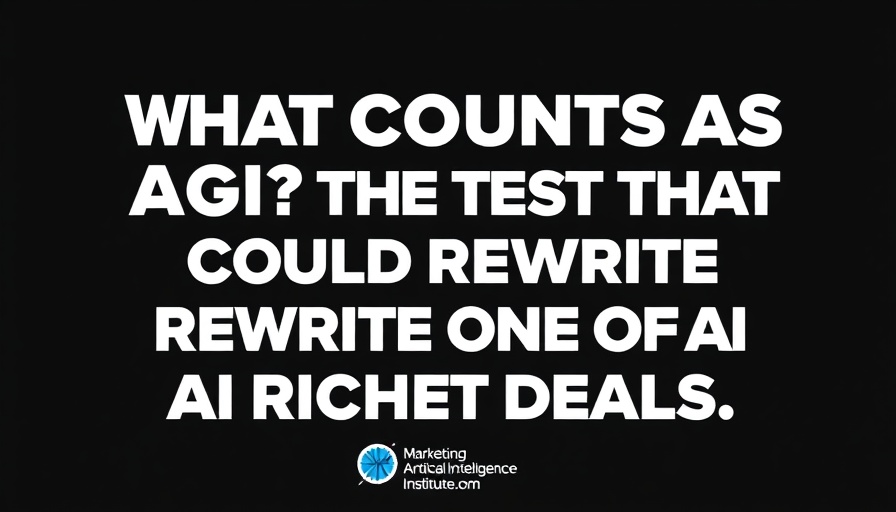
The Rise of Type 2 Diabetes: An Urgent Health Challenge
Type 2 diabetes is becoming increasingly prevalent, affecting hundreds of millions of individuals globally. This chronic condition is often preceded by insulin resistance (IR), a state where the body's cells fail to adequately respond to insulin, the hormone responsible for regulating blood sugar levels. Current methods for detecting insulin resistance, such as the euglycemic insulin clamp and HOMA-IR, while effective, pose barriers due to their invasive nature, cost, and the need for specialized tests. Understanding and predicting IR is crucial because lifestyle changes, when implemented early, can reverse this condition, thus delaying or preventing the onset of type 2 diabetes.
Harnessing Wearable Technology for Early Detection
What if we utilized data that many individuals already collect daily? Recent research published by scientists from Google proposes an innovative approach that merges the data derived from wearable devices—like heart rate, step counts, and sleep patterns—with routine blood biomarker tests such as fasting glucose levels and lipid panels. This integration allows for scalable and accessible predictions of insulin resistance. The study, named WEAR-ME, showcased the potential of using readily available health data. By analyzing this information through advanced machine learning models, researchers reported significant predictive accuracy, particularly among high-risk individuals like those with obesity or sedentary lifestyles.
The Role of AI in Understanding Insulin Resistance
Beyond data analysis, the study introduced an informative tool named the Insulin Resistance Literacy and Understanding Agent. This tool, rooted in the robust capabilities of AI and the Gemini framework, aims to enhance users' comprehension of insulin resistance. By facilitating accurate interpretation of AI-generated insights, this agent provides personalized recommendations that can empower users to make proactive health decisions.
Accessible Solutions for Healthier Futures
As we consider the future of health monitoring, the WEAR-ME study signifies a shift towards relying on technological innovations to offer timely health interventions. Making these insights readily available to the public can catalyze lifestyle changes that significantly impact health outcomes. Research indicates that about 70% of type 2 diabetes cases stem from chronic insulin resistance, emphasizing the extent to which effective early detection and management can transform public health.
Conclusion: Prioritizing Preventative Health Measures
The intersection of technology, routine health assessments, and machine learning presents a promising avenue for preventive healthcare. As researchers continue to refine these predictive models and tools, healthcare providers and individuals alike must embrace these advancements. Early detection methods promise the chance to reverse insulin resistance and stave off diabetes, ushering in a future where preventive healthcare is not just aspirational but a standard part of our lives.
 Add Row
Add Row  Add
Add 





Write A Comment